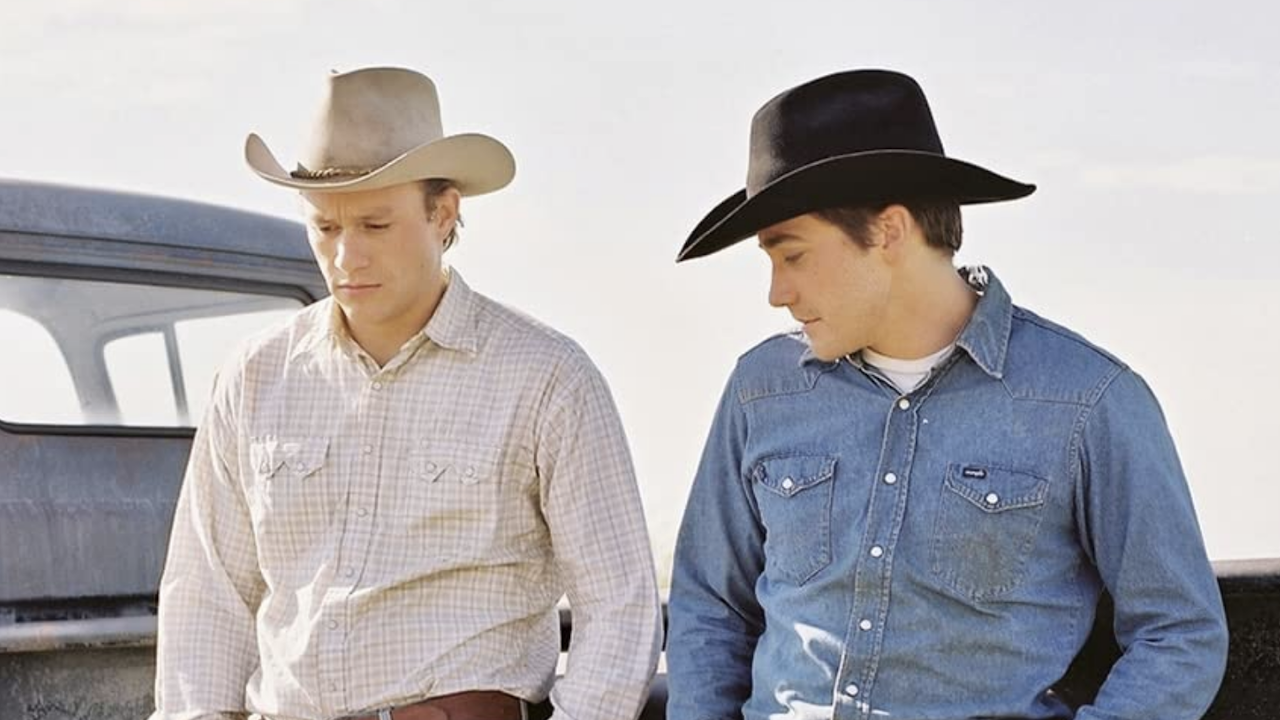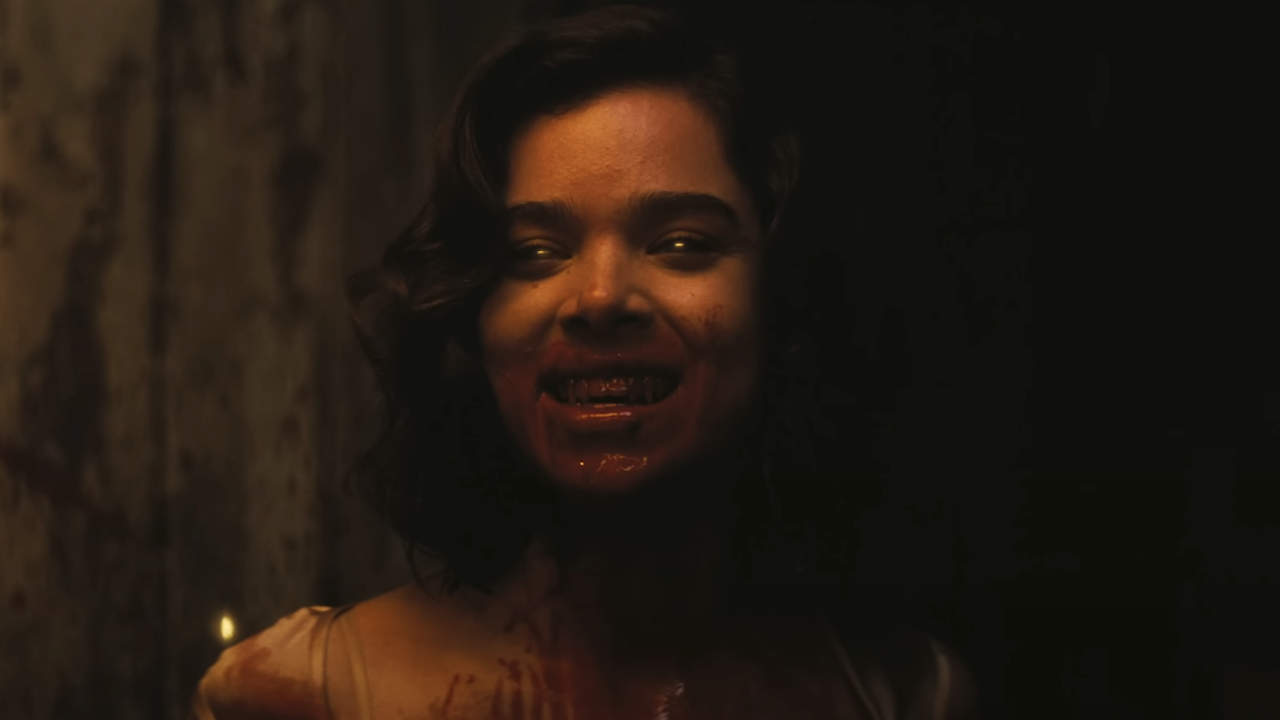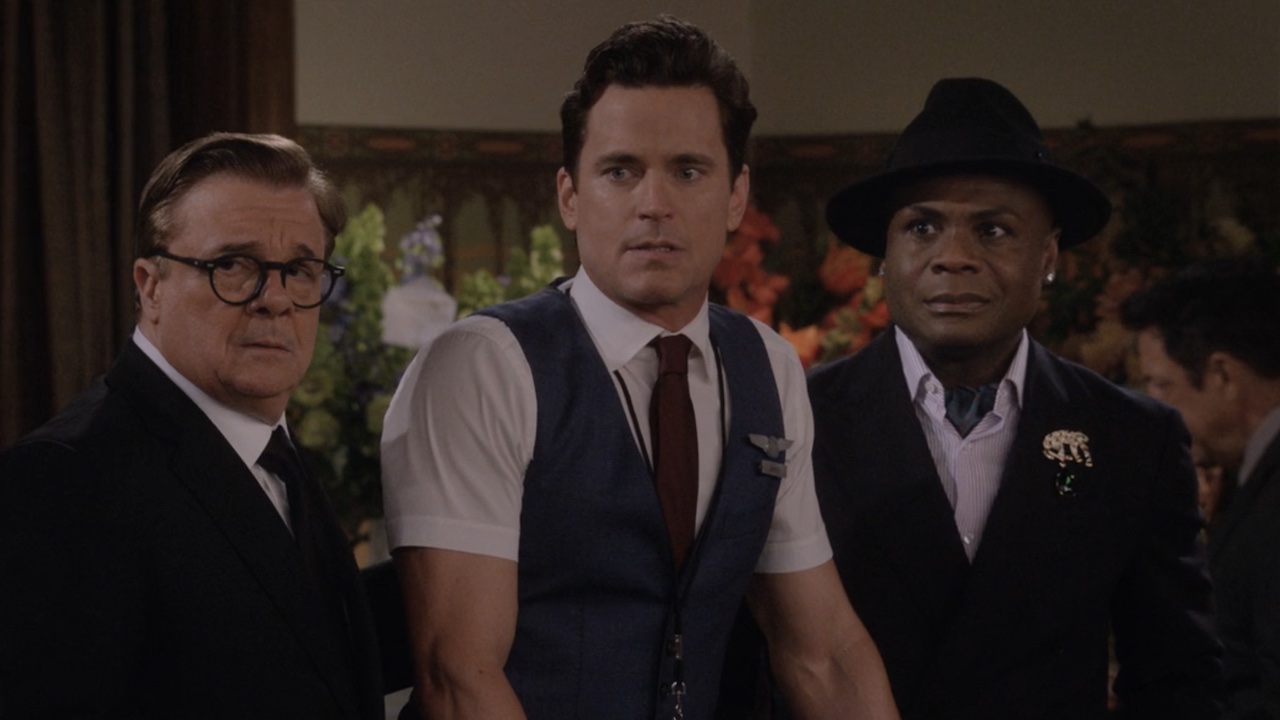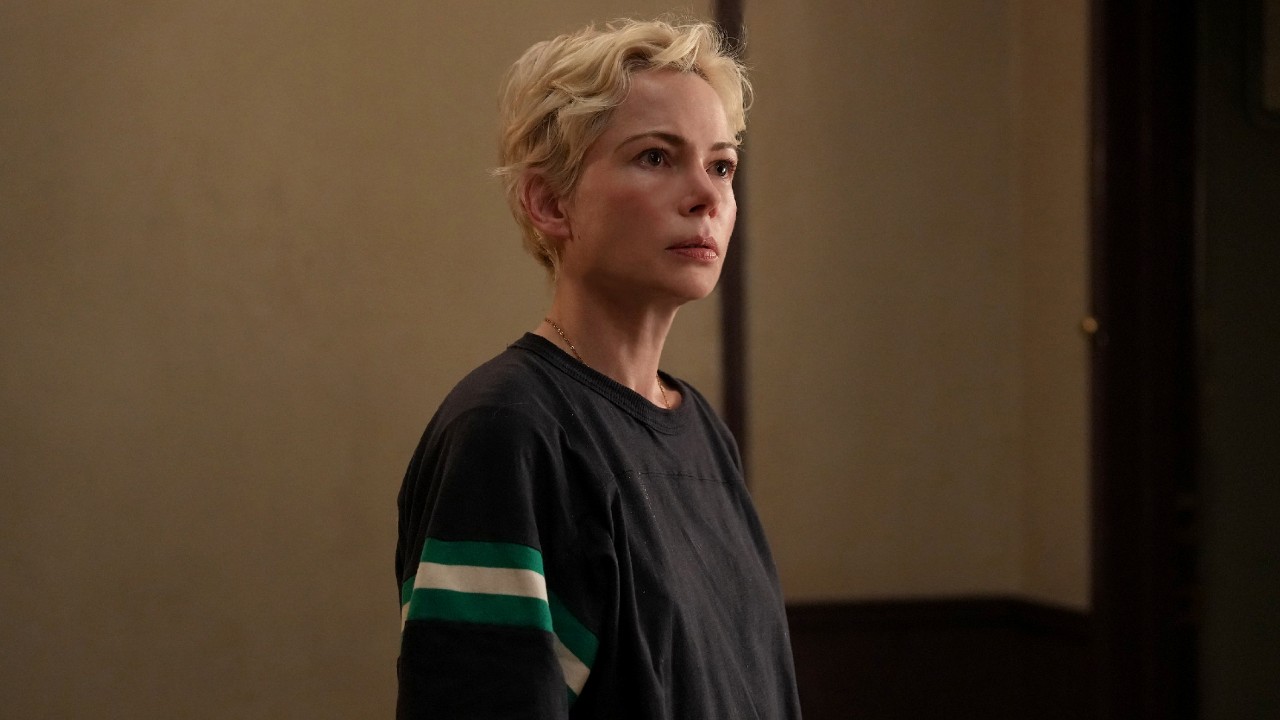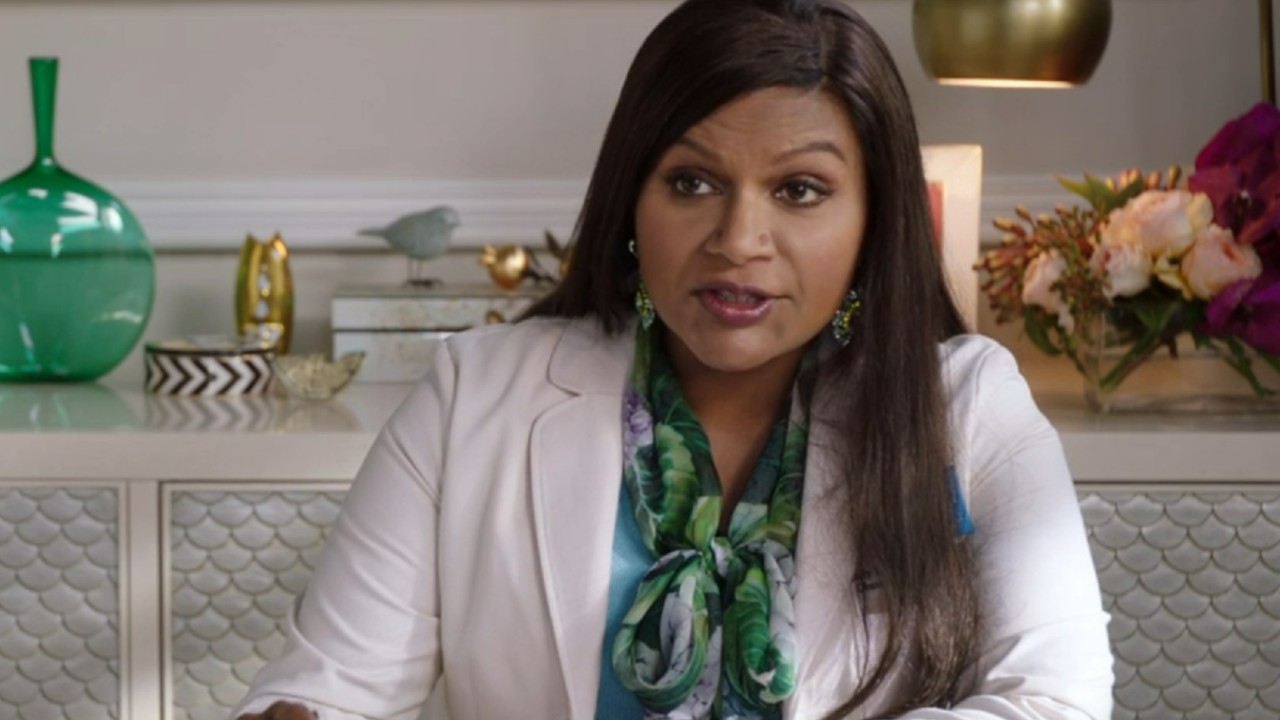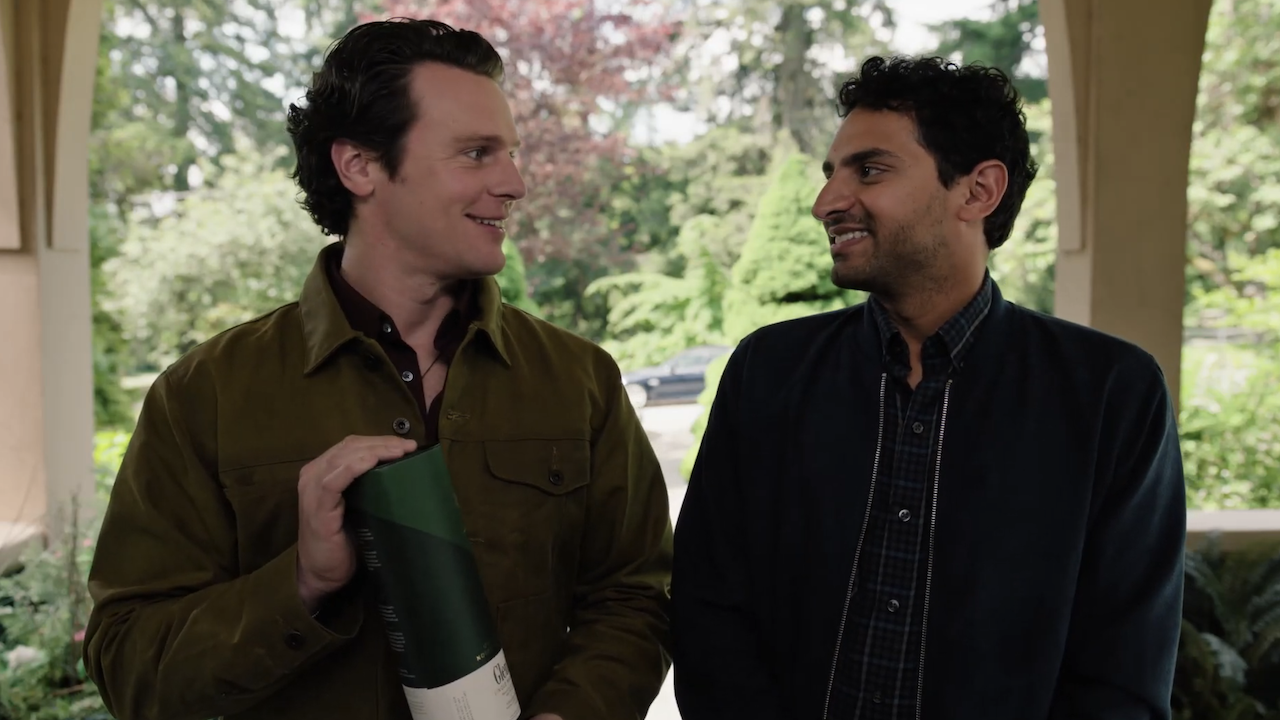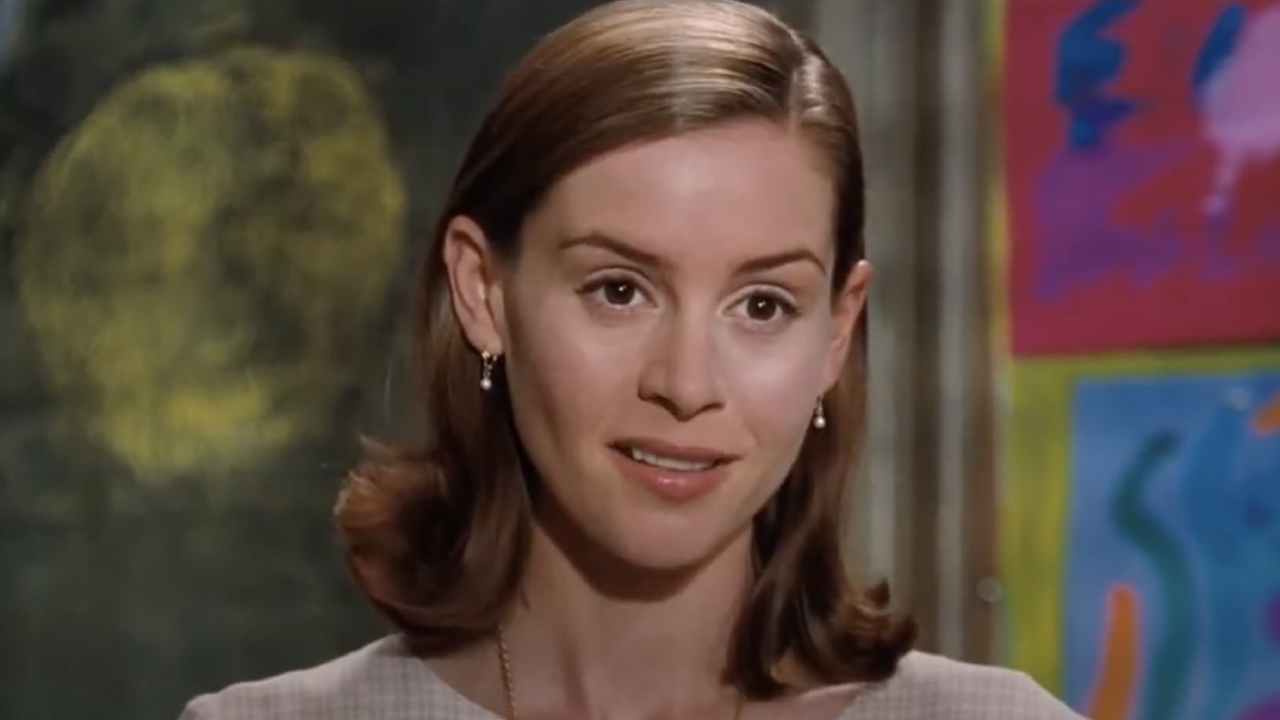I Just Watched A 1930s Horror Film And The Queer Subtext Totally Blew My Mind
Watch the queer experience foretold in James Whale's 1930s horror film.
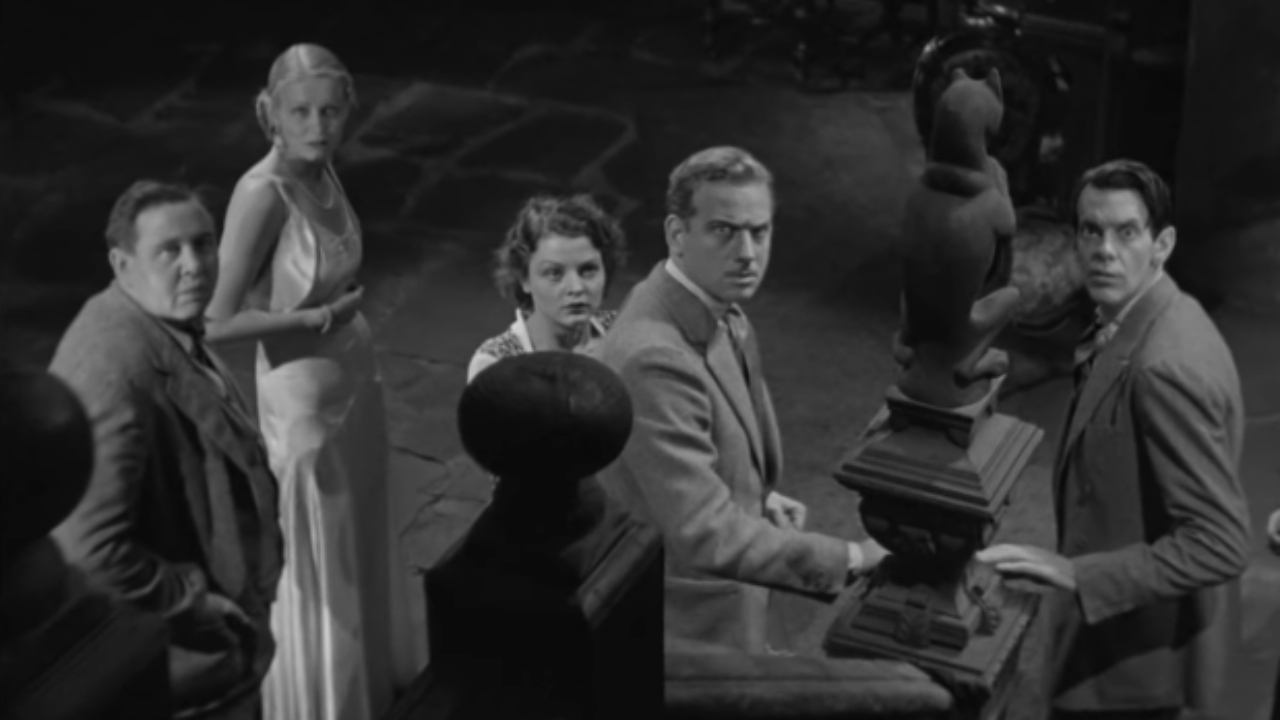
There are great LGBTQ+ horror films from the past few decades that are more up in your face towards queer elements like The Rocky Horror Picture Show, Jennifer’s Body, and Bit to name a few. But before the sexual revolution of the 1970s, queer context would be found in braver pre-Code films like The Old Dark House, subtly illustrating what the LGBTQ+ community goes through. Just when you think you’re watching a simple campy horror film about a group of strangers seeking shelter in an eccentric family’s home, prepare to be as blown away as I was by the queer subtext planted in scene after scene.

The Film's Director Was Boldly Out In The '30s
James Whale made himself a big name in the film industry due to his best horror movies like Frankenstein, The Invisible Man, and The Bride of Frankenstein. But, one thing that all of these classic horror films have in common is its subtly coded queer elements like isolation, repression, and outsider status that resemble the LGBTQ+ experience.
The British filmmaker was openly gay during his rise to fame in the 1930s which was incredibly rare to see back then. By blending in queer subtext in his movies, he’s feeding hidden messages to his audience about the LGBTQ+ community's struggle with heteronormative beliefs in society. Whale introduced a lot of those themes in The Old Dark House about a group of strangers who stay in the eccentric Femm family’s decaying country home until the storm outside dies down. Through the horror-comedy movie, audiences will be introduced to people who live outside of gender norms and go through repression for being different from others.
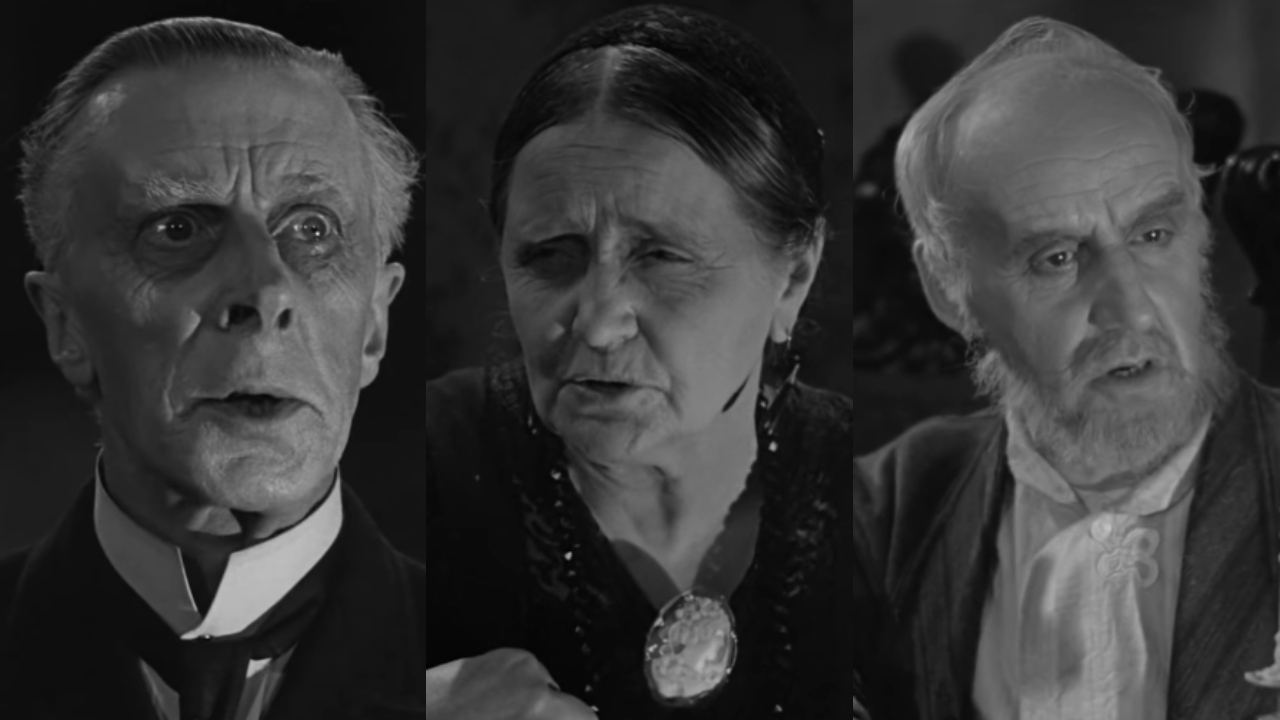
Each Femm Family Member Has A Little Queer Spark
Each member of the Femm family has their own unique character traits and a little queer spark. The most obvious example would be the man of the house, Horace Femm. Unlike typical male characters of the 1930s who are tough, brooding, and assertive, Horace is the total opposite. He’s passive, fussy, and prefers the other male characters to enter scary rooms of his house.
Horace's sister, Rebecca, is also an outsider who rejects women who are objects of desire like her deceased sister Rachel and houseguest Margaret (played by Titanic cast member Gloria Stuart). However, you can interpret Rebecca’s repulsion of female sexuality as queer repression of her own unresolved issues. Because she keeps herself hidden away, she expects every other woman to follow suit.
Rebecca and Horace have a brother, Saul, who’s locked away in the attic because of his pyromaniac tendencies. This can symbolize the extreme measures taken to hide what’s considered unacceptable only for pent-up anger to explode once he’s released. Even the patriarch of the family, Sir Roderick Femm (played by actress Elspeth Dudgeon), could easily be interpreted as a gender-ambiguous character. He's also hidden away in a secret room of the house bedridden, frail, and almost skeletal.
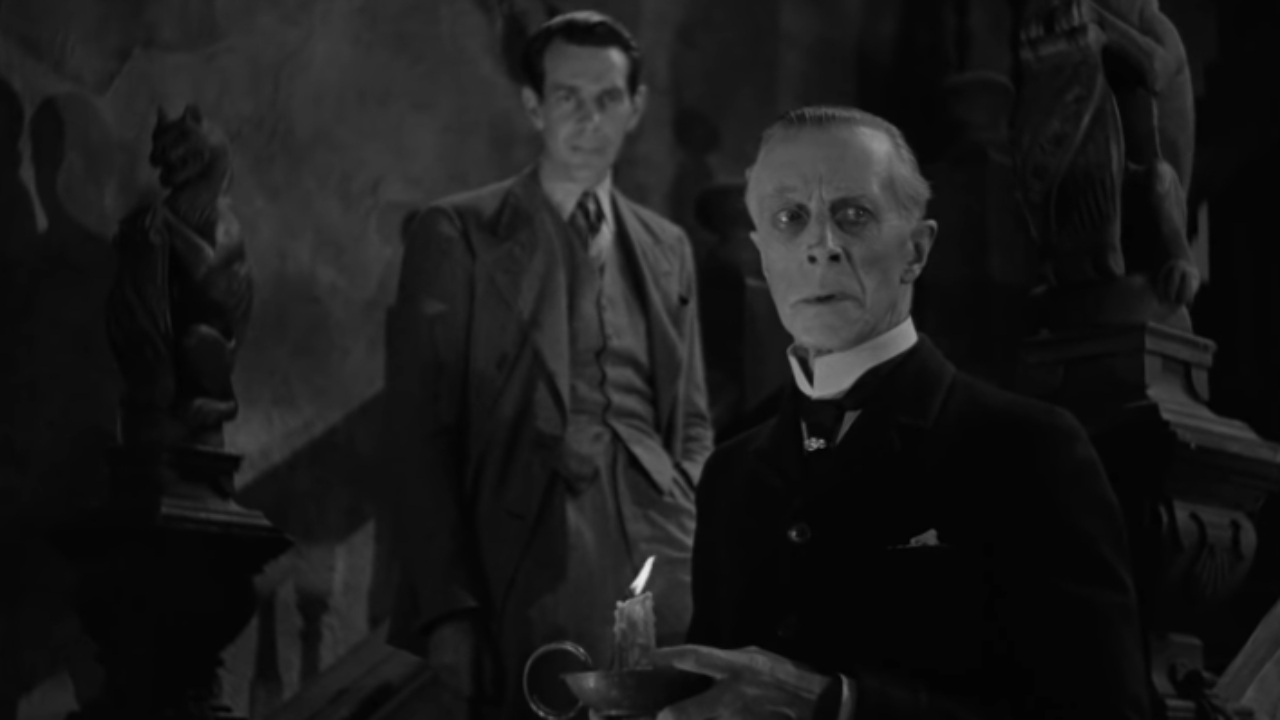
There's Goth Vibes With A Side Of Rebellion
The Welsh country house may not resemble supernatural phenomena as you see in the best haunted house movies, but its mysterious rooms and people still give off an eerie sense. In Gothic literature and movies, dark desires, fears, and secrets loom within the environment.
As the old house is in an isolated area hidden by society, the same is true for the Femm family whose repressed minds exist in that house. There are all of these hidden rooms filled with secrets. The Gothic theme in The Old Dark House shows what happens when elements repressed for so long are unleashed.
While the bad weather is keeping the five travelers trapped in that house, the Femm house residents are trapped in their own repressed minds. Horace is the repression of masculinity who doesn’t live up to the strength or assertiveness of the other male characters in his house. Rebecca represses physical or emotional connection to people which makes her despise anyone who’s comfortable with their sexuality. Sir Roderick's repressed identity doesn’t fit the binary gender roles, keeping himself bedridden in a secret room. Saul being shut in an attic only to escape shows the Gothic, rebellious theme that what’s repressed cannot stay hidden forever.
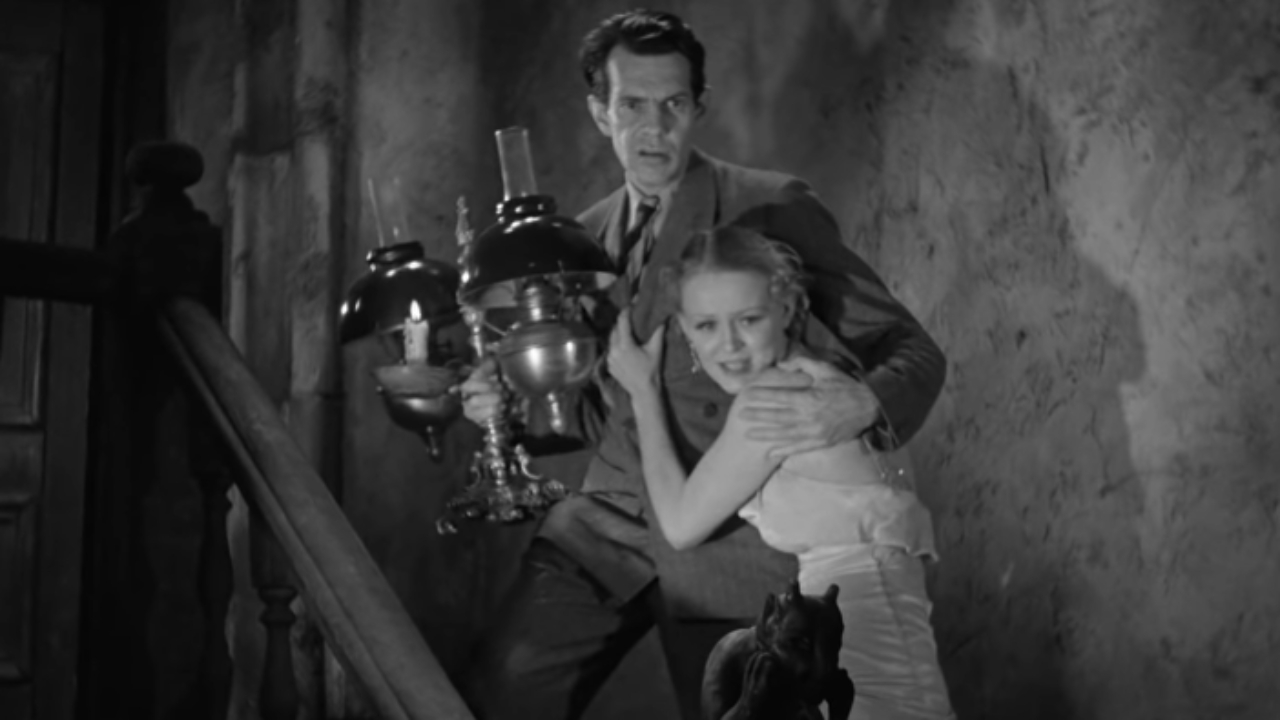
The Straight Couples Are Straight-Up Repressed
When you are first introduced to the passerby characters like newlywed couple Philip and Margaret Waverton, their friend Roger Penderel, and Sir William and Gladys Perkins, they’re not exactly lovey-dovey couples. They all have repressed feelings within their relationships.
The Waverton couple’s love for each other may be there, but it comes off as emotionless and awkward. It appears that Philip forces himself to have an emotionally detached personality to maintain his masculinity. Margaret receives unwanted attention from the silent brute butler Morgan (played by iconic horror movie actor Boris Karloff) which can almost resemble a King Kong movie. She's sadly incapable of voicing her sexual vulnerability to her husband.
Then, there’s the charming Roger Penderel who clearly uses humor as a shield to hide any vulnerability towards anyone he grows close with. That changes when he meets chorus girl Gladys Perkins. She comes to the country house with Sir William, but admits to Roger their relationship is platonic. It appears that she’s with him because of his stability and wealth, repressing her fear of living in poverty.
The straight couples entering the house are just as repressed as the eccentric Femm family. With everyone stuck in the same residence for the night while the storm wavers, the emotions they’re keeping inside can only be pent up for so long.
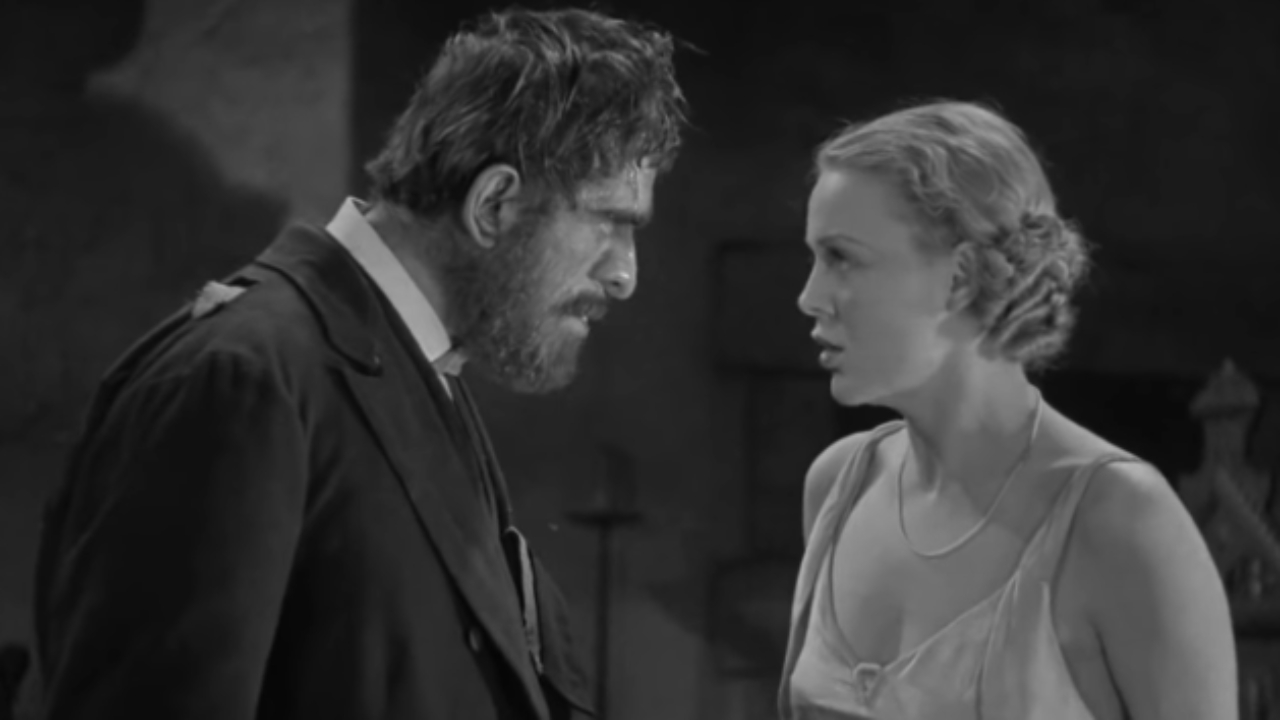
The Mansion's "Closet" Of Secrets And Repression
Gothic literature and films tend to have an old mansion represent the human mind of the people living there like in Jane Eyre, Rebecca, or The Innocents. As the Femm family lives in isolation away from the outside world, the decay around the house represents how repression can eat away at a person. Each dark corridor and hidden room suggests there are many secrets within the isolated family that they’re choosing to ignore or forget.
Saul being locked away in an attic represents the Femm family's darkest secret - that they have a pyromaniac for a brother. By being hidden in the “closet” of repression, his family believes locking him up is the only way they have control over what makes him different from others. Like all forms of repression, keeping something inside can only work for so long before you feel like exploding.
The brutish, mute butler Morgan would use the basement to release his repression where he goes to drink. Considering he spends the first part of the pre-Code film submissive, the presence of Margaret presents him the opportunity to unleash the sexual repression he’s kept inside, becoming an uncontrollable force.
The Old Dark House presents a horror story of its own where an old mansion keeps in repressed members. James Whale brought his queer vision to audiences of the 1930s to present what the queer population experiences on a daily basis. Each character has something about themselves they hide from others just like the mansion hides people away from society. But like all things that are contained for too long, eventually everything comes out in full force.
If you’re curious how the 1930s queer experience is reflected in the horror-comedy film, The Old Dark House is available for free on Tubi and YouTube.
CINEMABLEND NEWSLETTER
Your Daily Blend of Entertainment News

Just your average South Floridian cinephile who believes the pen is mightier than the sword.
